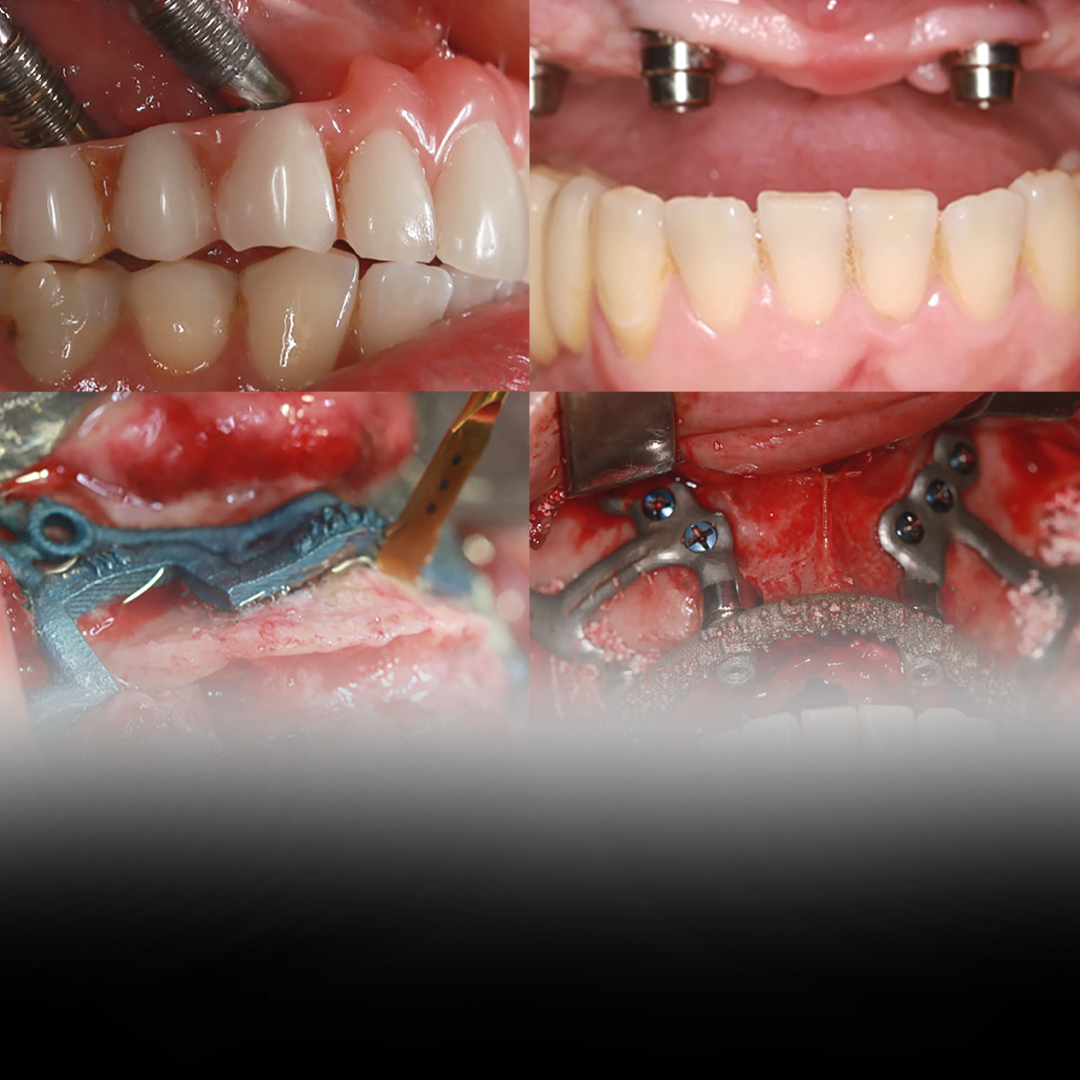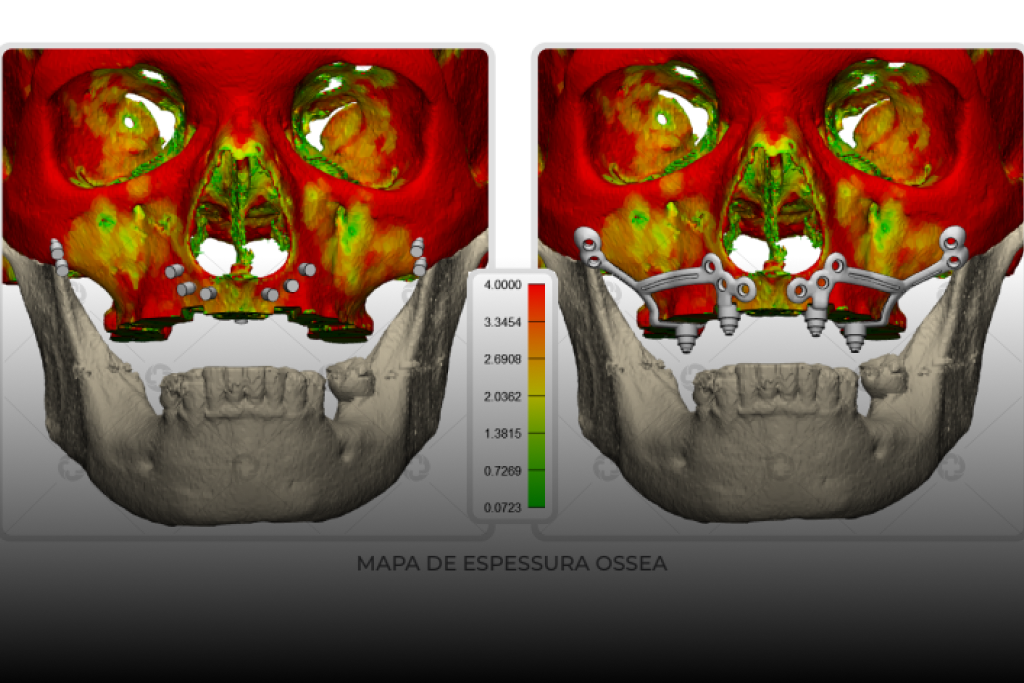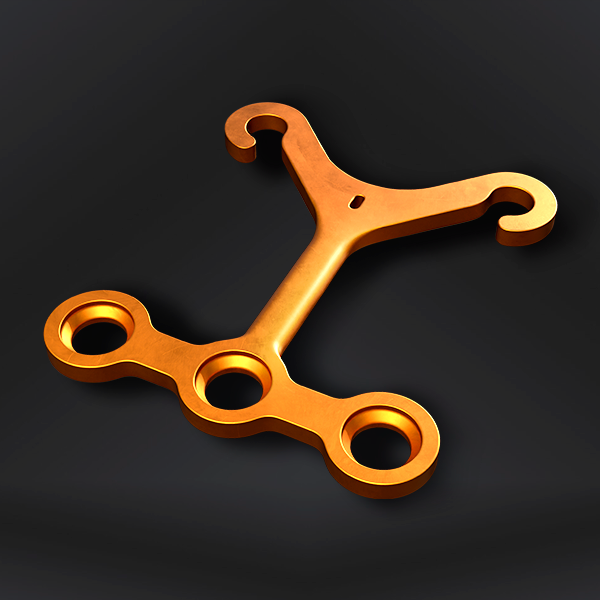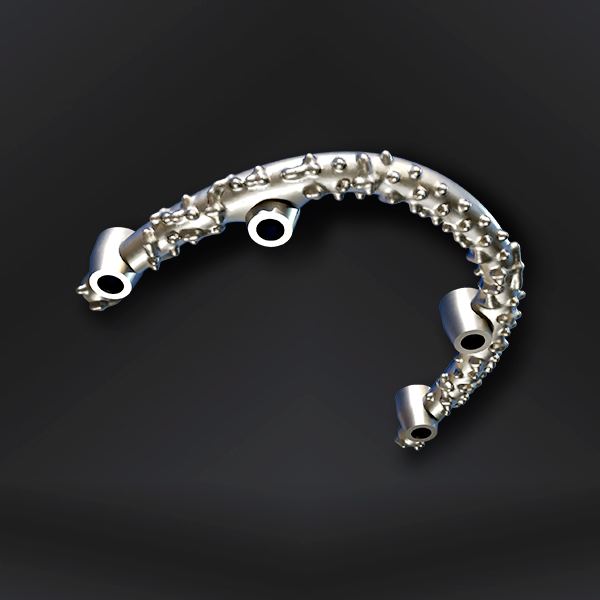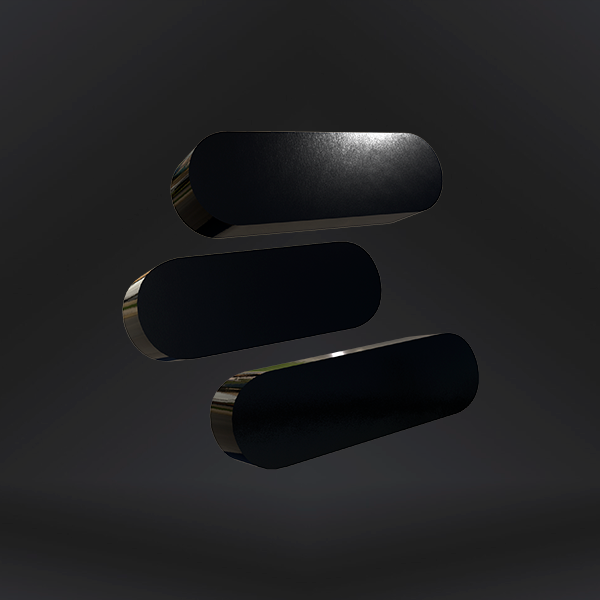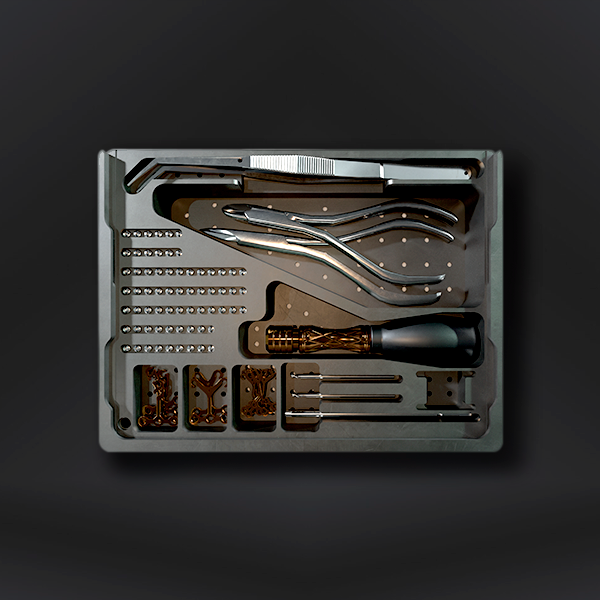At the forefront of medical technology, the fixation screws used in implantable medical devices have seen remarkable advances, particularly through the surface treatment by acid etching and sandblasting, known as SLA.
This process is not just a technical detail; it is a revolution in the way implants interact with the human body, ensuring faster and safer integration with bone tissue.
Creating Microstructures with Acid Etching
Acid etching is one of the components of SLA treatment that plays a vital role in the preparation of fixation screws. This carefully controlled process involves the application of acids that selectively erode the surface of the metal, resulting in the formation of microstructures.
These small pits and ridges significantly increase the surface area of the screw, which provides additional space for bone cells to attach themselves to.
As a result, cell adhesion and proliferation are facilitated, accelerating the osseointegration process and providing a more solid foundation for the implant.
Sandblasting: Establishing Surface Roughness
Complementary to acid etching, sandblasting uses abrasive particles that are projected against the surface of the screw. This method creates a remarkably rough surface, which is ideal for the initial adhesion of bone cells.
The roughness provided by sandblasting stimulates a more effective biological response, promoting a firmer and longer-lasting integration of the implant with the bone.
The Synergy Between Acid Etching and Sandblasting
The combination of these surface treatment techniques is what truly defines the success of fixation implants.
By integrating the benefits of acid etching with those of sandblasting, fixation screws are optimized to achieve exceptional osseointegration.
This synergy not only improves the stability of implanted devices, but also minimizes the risk of postoperative complications, contributing to much better clinical outcomes.
Conclusion
SLA treatment of implantable medical device screws is more than a standard procedure; it is a critical strategy that enhances the functionality and effectiveness of implants.
By improving the interaction between metal and bone tissue, this treatment ensures that patients receive the best possible outcomes, solidifying its place as an essential component in regenerative medicine and orthopedic care.
With continued innovation and research in surface treatments, the future of medical implants looks not only promising, but also safer and more effective for all involved.

